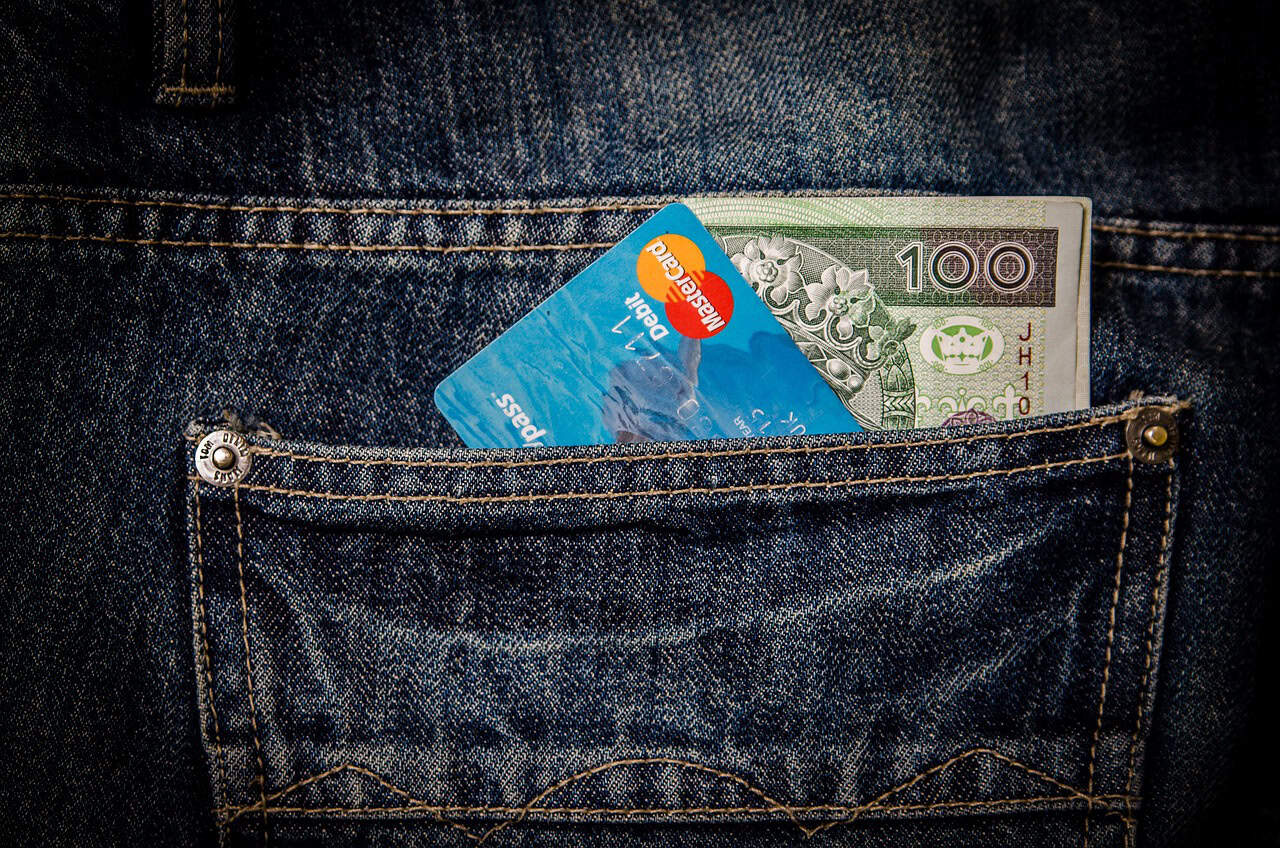
Planning to transfer money abroad without spending a fortune?
Say goodbye to clunky banks. The old ways of sending money overseas are getting disrupted by digital solutions. Services that are faster, cheaper, and infinitely more convenient than traditional methods.
In this article:
- Why Digital Money Transfers Are Taking Over
- The Hidden Costs Of International Money Transfers
- Top 5 Digital Solutions Revolutionizing Remittances
- Mobile Wallets: The Future Of Cross-Border Payments
Why Digital Money Transfers Are Taking Over
Did you know that 37% of consumers increased their use of digital money transfer services in the past year alone?
It’s a huge shift from traditional transfer methods.
Digital money is winning for 2 big reasons:
Digital platforms remove the middleman. No need to line up at banks or fill out stacks of paperwork. Send money from your phone in minutes, not hours or days.
Convenience is king. Need to send money from USA to Ghana mobile wallet? Want to transfer funds to any other corner of the world? Digital transfers do it instantly.
Mobile wallets are the ultimate game-changer. Money can be received without a traditional bank account, just a mobile phone and internet connection.
The Real Cost Of International Money Transfers
Did you know that something that might shock you?
The global average cost of sending $200 abroad was 6.4% in the last quarter of 2023. That’s more than double the UN’s target of 3%.
Need a breakdown? Let’s see some numbers:
- Digital remittances have an average cost of 5%
- Non-digital methods have an average cost of 7%
- Mobile operators have the lowest average cost of 4.4% but are responsible for less than 1% of total transfer volume
Traditional banks and money transfer operators are gouging customers hard. Digital solutions are cheaper by comparison, but there’s always room to get more affordable.
Geography matters a lot too. Sub-Saharan Africa has the highest average remittance costs at 7.9%. The East Asia and Pacific regions have the lowest average costs at 5.8%.
Here’s what few people realize though…
Percentages might not sound like much until you do the math. Sending $200 a month through traditional methods at 7% costs $168 a year in fees. Switch to a digital platform at 5%, and you’re only paying $120 – $48 a year in savings.
A little here and there adds up for families relying on regular remittances.
Top 5 Digital Solutions Revolutionizing Remittances
It’s official – the digital remittance market is on fire.
Industry analysts are projecting it to grow from $22.72 billion in 2023 to $83.74 billion by 2032 – a compound annual growth rate of 15.6%.
Big players in the digital game include:
- Fintech platforms leading the charge with user-friendly apps
- Digital-first money transfer operators offering tech + regulatory compliance
- Bank partnerships where traditional institutions embrace digital transformation
- Blockchain solutions using bleeding-edge technology to cut costs and increase speed
What’s so powerful about these options?
Speed – Most digital transfers are completed within minutes or hours rather than the 3-5 business days of old.
Transparency – Customers know exactly what they’re paying upfront. No hidden fees or surprise charges.
Accessibility – Send money 24/7 from anywhere with an internet connection. No branch hours or location constraints.
Mobile Wallets: The Future Of Cross-Border Payments
Did you know that something truly revolutionary is happening…
There are now over half a billion mobile money accounts worldwide, with the largest concentrations in Africa and Asia.
Mobile wallets have cracked the “last mile” problem of getting money to final recipients. No more needing bank accounts for the recipient – a mobile phone is enough.
The advantages of mobile wallets are incredible:
- Financial inclusion – Bringing unbanked populations into the digital economy
- Instant access – Recipients can get money right after the transfer is completed
- Lower costs – Eliminates the bank intermediaries and their fees
- Rural reach – Mobile money works even in areas without traditional banking
Mobile wallet adoption is all over the place by region. In countries like India, Kenya, and Ghana, mobile money has surpassed traditional banking. People are leapfrogging straight to digital.
The most exciting part is starting to see mobile wallets connecting with each other. Different systems inter-operating, creating a seamless cross-border transfer network.
The Integration Challenge
Trying to connect the dots between different digital ecosystems is no easy feat.
Every country has its own set of rules, currency controls, and technical standards. A solution that works in one market might be completely incompatible in another.
The main integration challenges:
- Regulatory compliance – Every country has different rules
- Currency conversion – Real-time rates and volatility management
- Technical connections – APIs, security protocols, system compatibility
- Customer verification – Know Your Customer (KYC) and Anti-Money Laundering (AML) requirements
Smart platforms solve this by partnering instead of building everything themselves. Connecting existing infrastructure instead of doing it all from scratch.
Creating network effects. The more platforms that interconnect, the more valuable each connection becomes.
Security In The Digital Age
Ok – let’s talk about the elephant in the room.
Security is a top concern for customers when it comes to digital services. And rightfully so – we’re talking about hard-earned money here. Trust is key.
Modern digital platforms layer on multiple levels of security:
- End-to-end encryption – Your data is protected throughout the entire transfer process
- Two-factor authentication – Additional verification stops prevent unauthorized access
- Real-time fraud monitoring – AI-powered systems detect suspicious activity instantly
- Regulatory oversight – Licensed operators have to meet strict security standards
The truth? Digital services often offer better security than traditional banking. Digital-first companies built their security infrastructure from the ground up with modern best practices.
Doesn’t mean you can be complacent about it though. Customers still need to do their part – strong passwords, app updates, and only transferring via licensed, regulated platforms.
What’s Coming Next
The future of international money transfers is super exciting.
Artificial intelligence is making transfers more intelligent. Platforms can now predict the best transfer times, suggest cost-saving strategies, and provide personalized financial advice.
Blockchain tech is making transfers cheaper still. By removing intermediaries, blockchain-based transfers are close to zero-fees in some corridors.
Central bank digital currencies (CBDCs) are starting to enter the game. Government-backed digital currencies could shake up international transfers by enabling bank-to-bank connections.
Wrapping It Up
Digital solutions have revolutionized international money transfers. They’re faster, cheaper, and more accessible than traditional methods could ever be.
The stats tell the story. Global remittance flows hit $905 billion in 2024 with digital solutions capturing a steadily growing share.
Mobile wallets are the true game-changer. Enabling previously unbanked populations to access financial services and new cross-border commerce opportunities.
The tech will keep improving. Cheaper, faster, and with better security features to drive even more adoption.
Still using traditional methods for international transfers? You’re wasting your money and time. Digital solutions are the new way to send money abroad.







